Open Call for Papers- Magnetic Nanoparticles: From Massart Method to a Cascade of Innovations
Submissions deadline extended to the 16th January 2026!
Nanoscale and Nanoscale Advances are delighted to announce on open call for our upcoming special themed collection Magnetic Nanoparticles: From Massart Method to a Cascade of Innovations, to be promoted in Winter 2025.
This themed collection is being guest edited by Professors Ali Abou-Hassan (Sorbonne University, France), Anna Cristina S. Samia (Case Western Reserve University, United States), Lise-Marie Lacroix (Toulouse University, France), Nguyễn T. K. Thanh (University College London, United Kingdom), Olivier Sandre (University of Bordeaux, France) and Teresa Pellegrino (Italian Institute of Technology, Italy).

Magnetic nanoparticles are a class of materials that exhibit unique superparamagnetic properties due to their nanoscale size and high surface-to-volume ratio. The synthesis of magnetic nanoparticles is central to their widespread use, with several methods developed over the years to produce them in a controlled, reproducible manner.
One of the most well-known and widely adopted methods is the alkaline co-precipitation method developed by Prof. René Massart in the early 1980s. Originally conducted in water (though it can be adapted to a dispersed state in less polar media), it is a widely used, cost-effective technique for synthesizing magnetic nanoparticles, especially iron oxide (magnetite and maghemite), as well as other spinel-structured metal oxides (e.g., cobalt, manganese, and zinc ferrites). Known for its simplicity, up-scalability, and ability to relatively control particle size and magnetic properties, the Massart process is extensively employed for producing nanomaterials for in biomedical, environmental, and industrial applications due to its efficiency and versatility in producing large quantities of tailored nanoparticles.
This themed collection aims to provide a comprehensive overview of the advances in the field of magnetic nanoparticle research, by covering its different facets ranging from rational design of synthesis processes to improved properties dispersion states, and end applications.
In tribute to René Massart, this collection will cover various aspects of magnetic nanoparticles, including:
- Synthesis and design of magnetic nanoparticles
- Characterization of magnetic nanoparticle structure, dynamics, and properties
- Surface functionalization and dispersion state of magnetic nanoparticles
- New methodologies of magnetic nanoparticles synthesis in the bulk
- Flow chemistry synthesis of magnetic nanoparticles
- Study of nucleation and growth of magnetic nanoparticles
- Multifunctional magnetic based nanoparticles, including (bio)organic nano-assemblies and nano(bio)hybrids
- Structure-properties relationships of magnetic nanoparticles and magnetic based nano(bio)hybrids
- Biomedical applications of magnetic nanoparticles (targeted drug delivery, magnetic resonance imaging (MRI), magnetic particle imaging (MPI), hyperthermia treatment, tissue engineering/biofabrication and in vitro or in vivo biodegradation studies
- Environmental applications (water treatment and micropollutant detection or removal)
- Industrial or energy-related applications (magnetic storage media, seals, valves, construction materials, and magnetically boosted catalysis, e.g., for clean hydrogen production)
This call for papers is open for the following article types:
- Communications
- Full papers
- Reviews
Open for submissions until 16th January 2026
How to submit
If you would like to contribute to this themed collection, you can submit your article directly through the Nanoscale or Nanoscale Advances online submission system. Please mention that this submission is an open call contribution to Magnetic Nanoparticles collection in the “Themed issues” section of the submission form and add a “Note to the Editor” that this is from the Open Call.
Please note that all submissions will be subject to initial assessment and rigorous peer review, if appropriate, to meet the usual high standards of Nanoscale or Nanoscale Advances. In some cases, the Associate Editors may offer authors a transfer to Nanoscale Advances from Nanoscale if more appropriate.
If accepted, your article will be added to a usual issue of the journal where you will receive your page numbers and added to our online collection for extra visibility. The collection will be promoted in Winter 2026.
If you have any questions about the journal or the collection, then please contact the editorial office and they will be happy to answer them.



























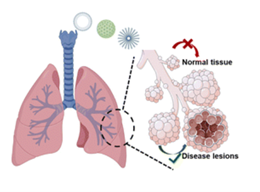
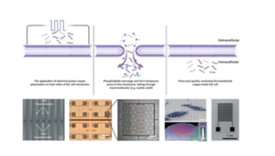
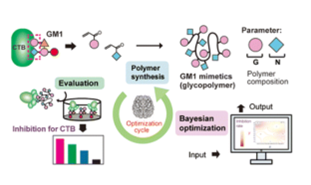




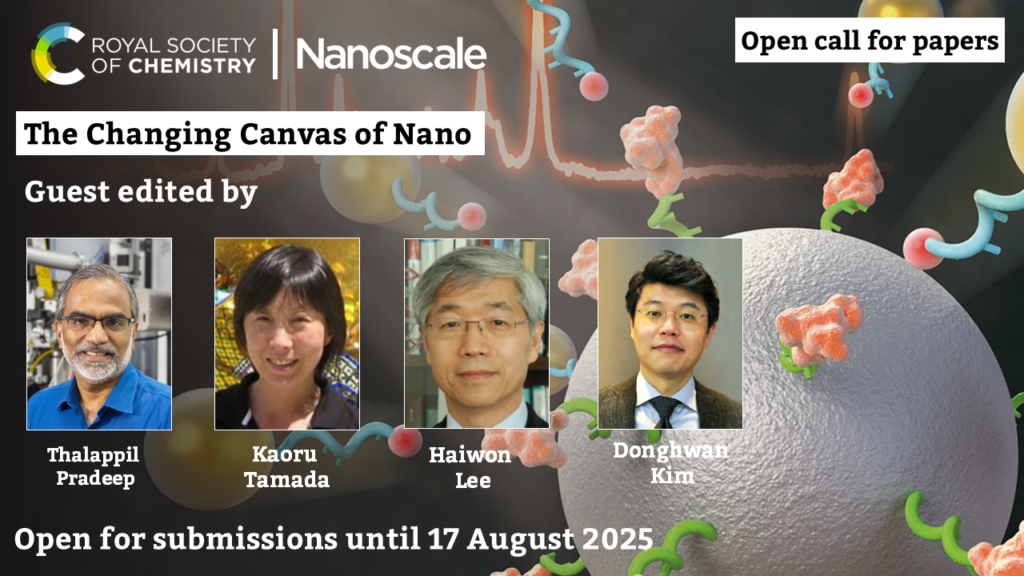
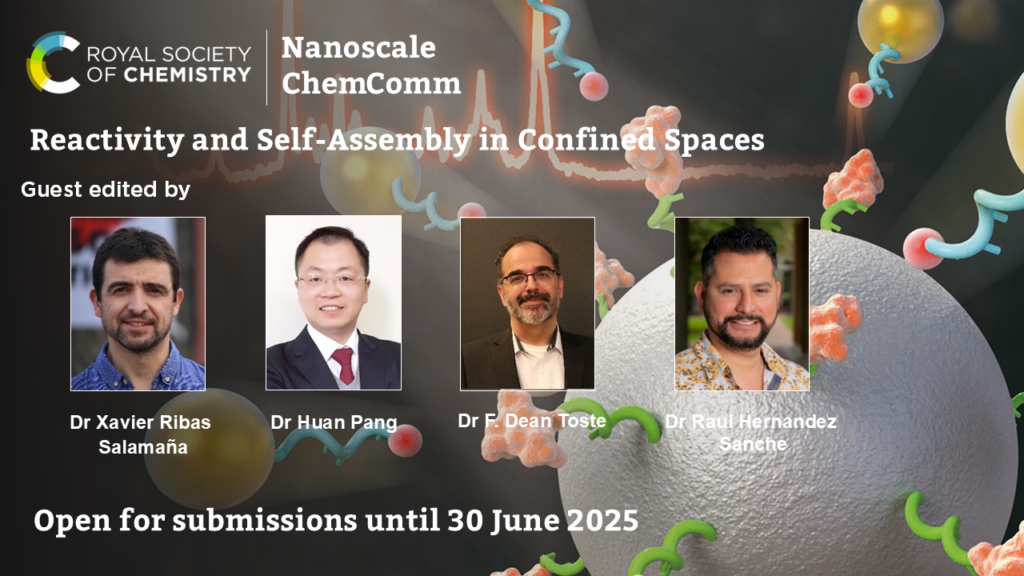

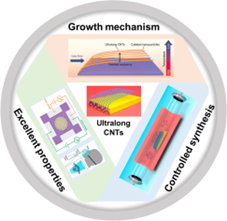
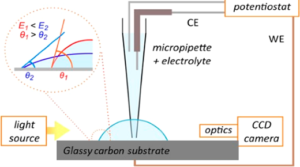
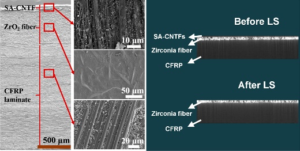
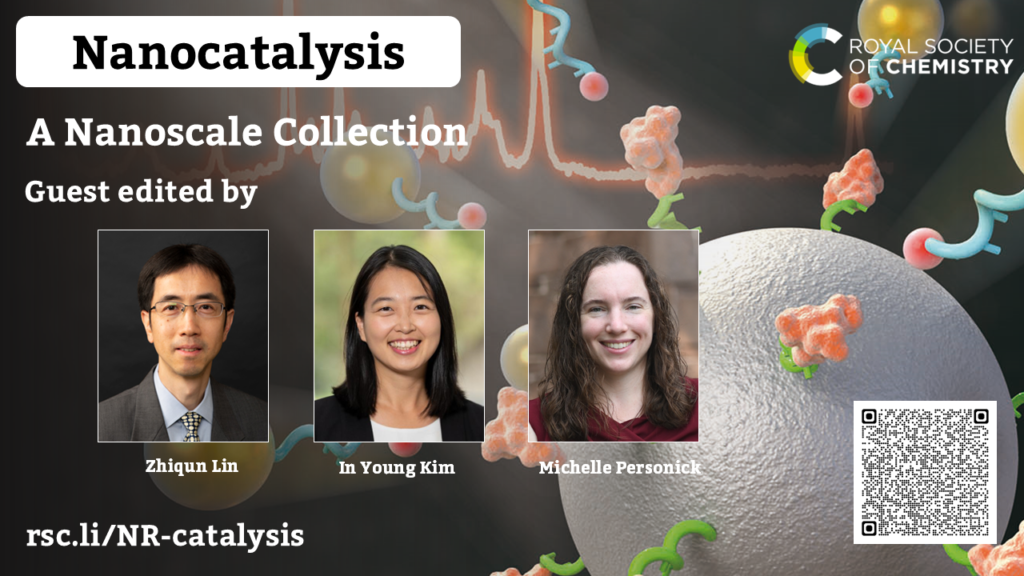

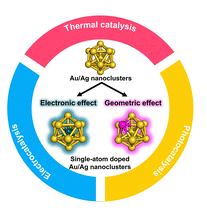 Atomically precise Au and Ag nanoclusters doped with a single atom as model alloy catalysts.
Atomically precise Au and Ag nanoclusters doped with a single atom as model alloy catalysts.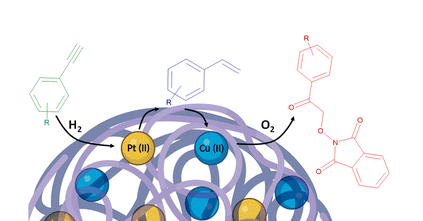 Consecutive one-pot alkyne semihydrogenation/alkene dioxygenation reactions by Pt(ii)/Cu(ii) single-chain nanoparticles in green solvent.
Consecutive one-pot alkyne semihydrogenation/alkene dioxygenation reactions by Pt(ii)/Cu(ii) single-chain nanoparticles in green solvent. Neodymium niobate nanospheres on functionalized carbon nanofibers: a nanoengineering approach for highly sensitive vanillin detection.
Neodymium niobate nanospheres on functionalized carbon nanofibers: a nanoengineering approach for highly sensitive vanillin detection.